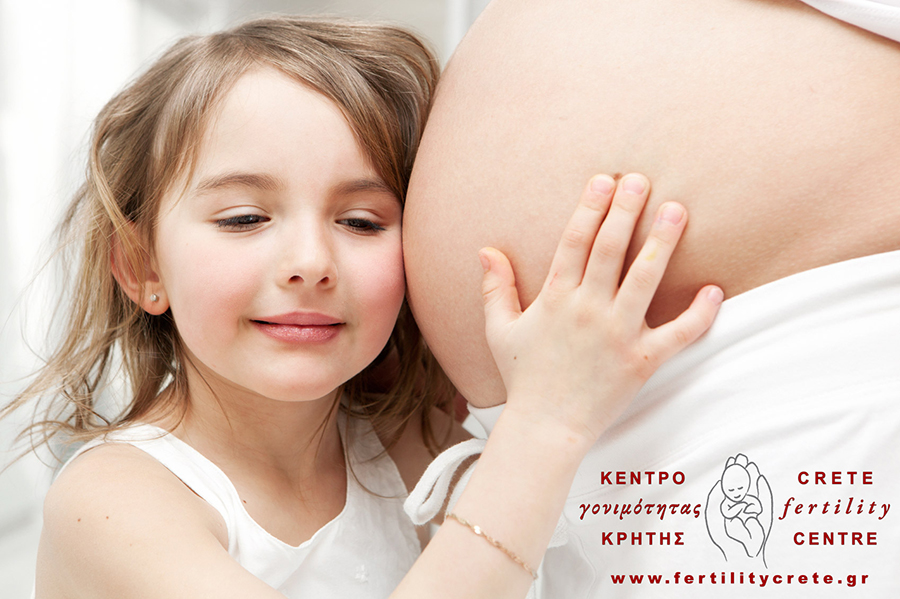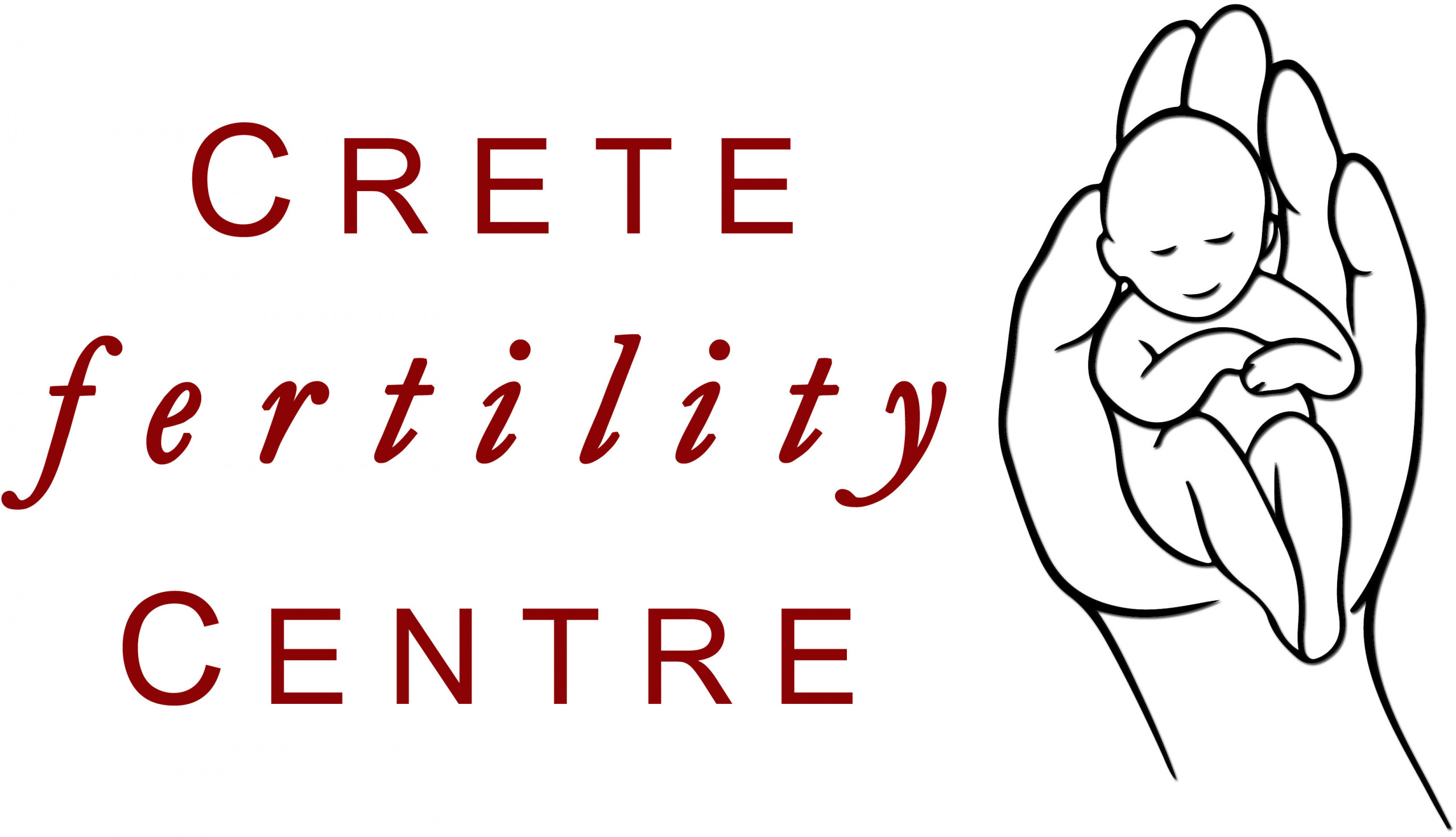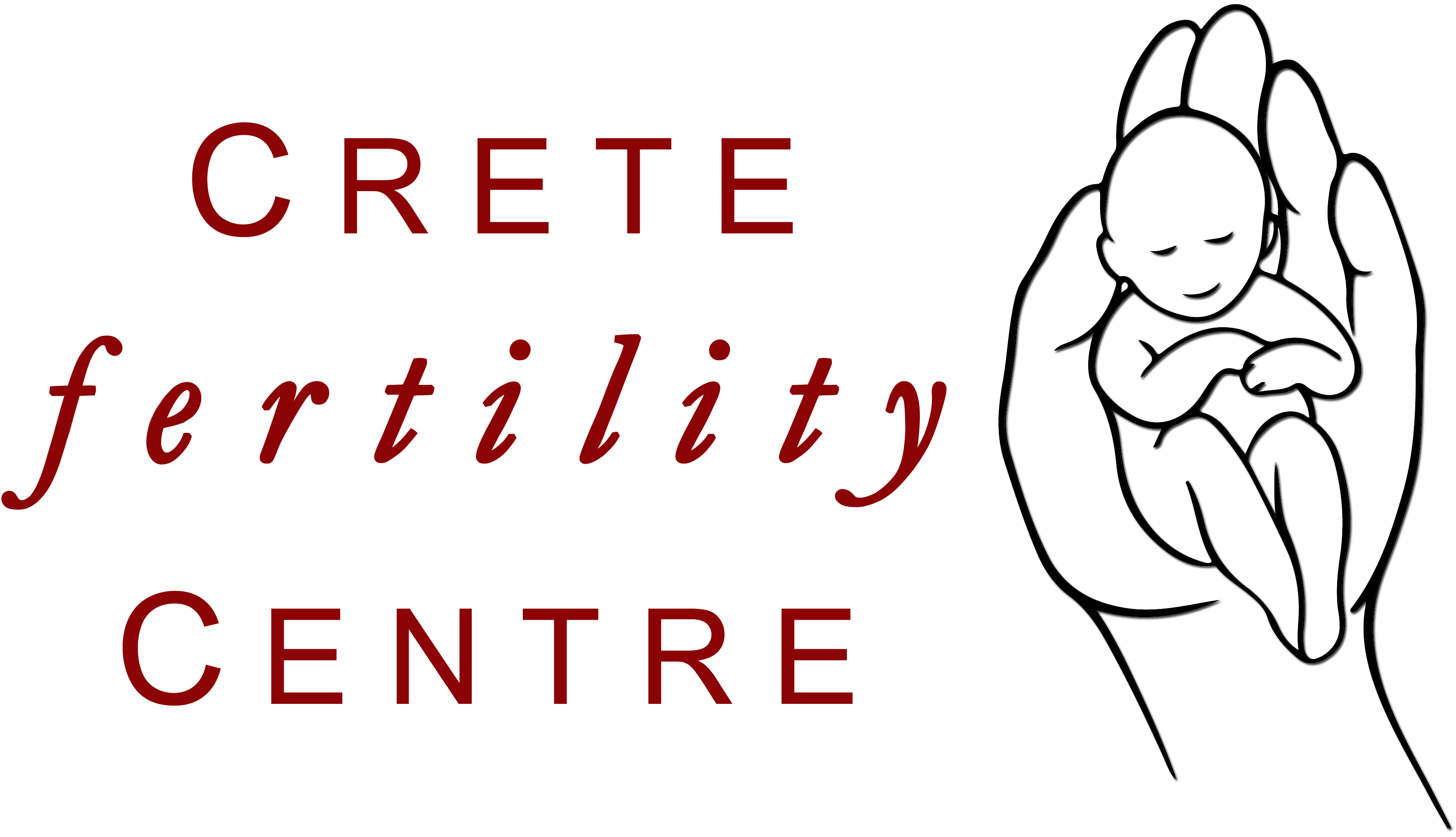Women now have clearer statistics on whether IVF is likely to work

Australian women considering IVF will now, for the first time, have a more meaningful idea of their chances of having a baby, whether it’s their first or subsequent round of IVF.
Overall, for women starting IVF, 33% have a baby as a result of their first cycle, increasing to 54-77% by the eighth cycle.
Our research, published today, reports the probability of IVF success from a patient’s perspective after repeated cycles, rather than how it is usually reported, for each cycle.
This will help women of all ages to make informed decisions, with their fertility doctor, about whether to start IVF, or if they have already started, whether to proceed to their next cycle.
Unlike previously reported statistics, our data better reflects that IVF can include both fresh and frozen embryos, and that many women undergo multiple IVF cycles over a course of treatment.
Infertility affects about one in six couples
While estimates vary, infertility affects about one in six couples, causing significant personal suffering to as many as 186 million people around the globe.
Assisted reproductive technologies – more generally referred to as in-vitro fertilisation or IVF – have revolutionised how we treat infertility. Now, more than 70,000 treatment cycles are performed in Australia and New Zealand each year.
A typical IVF cycle, involves stimulating a woman’s ovaries to produce multiple eggs, retrieving those eggs, which are then fertilised in the laboratory to create embyros. These embryos grow for two to six days before one, or occasionally two, fresh embryos are transferred to a woman’s womb.
Extra embryos are frozen and if necessary thawed and transferred in a subsequent cycle or cycles (known as “frozen/thaw” cycles).
A complete IVF treatment cycle

The new statistics reflect how IVF is conducted today. Chambers GM, et al. Med J Aust 2017; 207(3):114-118 © Copyright 2017 The Medical Journal of Australia – reproduced with permission., Author provided
What we did
We used data from the Australian and New Zealand Assisted Reproductive Technology Database, which contains information on all IVF cycles performed in Australia and New Zealand.
We looked at data from 56,652 women starting IVF treatment for the first time who underwent 120,930 IVF cycles between 2009 and 2014. We excluded women who used donated eggs or embryos.
We linked all fresh and frozen/thaw IVF treatments to the initial episode of ovarian stimulation for each individual woman, which allowed us to report by “complete” treatment cycles.
We reported two measures: the live-birth rate for each consecutive IVF cycle (cycle-specific rate), and the cumulative live-birth rate for each consecutive IVF cycle. The latter took into account all previous cycles performed (for up to eight complete cycles), taking into account the age of the woman when she started treatment.
What we took into account
Around 30% of women drop out of treatment after an unsuccessful IVF cycle, mainly because of the physical and emotional demands of treatment, a poor chance of success with continued treatment and the cost, which is around A$2000-4000 per cycle in Australia.
So we calculated two measures of the cumulative live-birth rate based on assumptions around the chance of future success for women who dropped out of treatment – a conservative and an optimal rate.
The conservative cumulative live-birth rate assumed these women would not have achieved a live birth if they continued with treatment. The optimal cumulative live-birth rate assumed these women would have had the same chance of a live birth as those who did continue with treatment.
The range between the conservative and optimal cumulative live-birth rates gives a reasonable appraisal of the probability of a women achieving her first live birth.
What we found
Overall, for women starting IVF, 33% had a baby as a result of their first cycle, increasing to 54-77% by the eighth cycle.
The cycle-specific rate varied by the age at which women started treatment and the number of previous cycles performed, but the cumulative live-birth rate continued to rise with repeated cycles.
Women who started IVF before they turned 35 had the highest success rates. For example, women under 30 had a 44% chance of a live birth in their first cycle, and a cumulative live-birth rate of between 69% (conservative) and 91% (optimal) after six cycles; women aged 30-34 had only marginally lower rates than these.
Women aged 40-44 had an 11% chance of a live birth in their first cycle, and a cumulative live-birth rate of between 21-34% after six cycles.
The implications
We hope providing success rates in this more meaningful way is reassuring for women and couples. Looking at the success rate over a course of treatment, most women will take home at least one baby. In fact, two out of three women who start IVF before they are 35 will, as a conservative estimate, take home a baby after three cycles.
However, these are population estimates and every couple is different. Our analysis does not take account of individual factors that affect the chance of IVF success. These include, how long the couple has had trouble conceiving, the level of body fat (measured as body-mass index or BMI), and ovarian reserve (a measure of the reproductive potential of the ovaries).
Whether women should start IVF treatment or continue it should ultimately be a decision for the fertility doctor and patient, taking into account all medical and non-medical factors.
This type of analysis can also be used to inform policy on IVF treatments as it allows policymakers to look at the success of IVF over a full course of treatment, better reflecting clinical practice than success rates with individual cycles.
Source: theconversation.com




